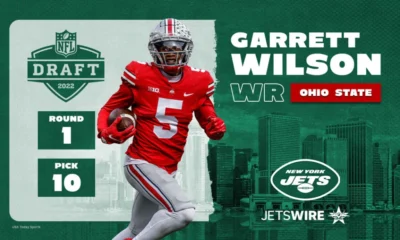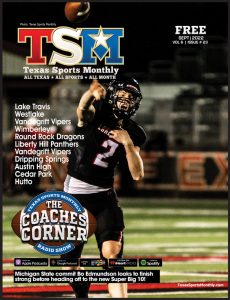Stories By Aaron Puffer
-


NFL FOOTBALL
/ 1 year agoNY Jets select former Lake Travis WR Garrett Wilson in the 1st Round of NFL Draft
With the 10th overall pick (acquired from the Seattle Seahawks) in the 2022 NFL draft The New York Jets to select...
-
High School Baseball
/ 4 years agoThe Baseball Recruiting Game
With the cost of college only going up and the value of a sports scholarship becoming ever increasingly more valued and...
-
Football
Any Given Friday -
HIGH SCHOOL FOOTBALL
Lake Travis vs. Cedar Ridge Scrimmage -
High School Baseball
Lake Travis to Replace Two Draft Picks Look to Make Another Round Rock Run -
HIGH SCHOOL FOOTBALL
Cedar Park Timberwolves Bite Back





